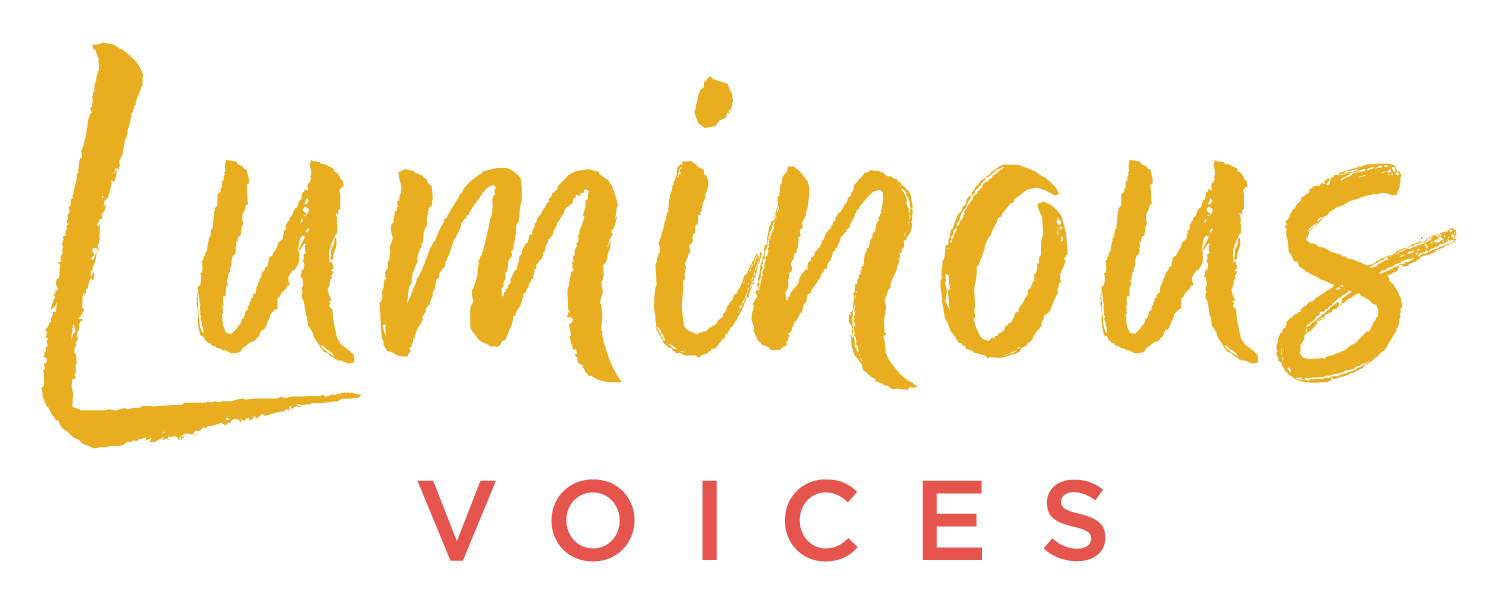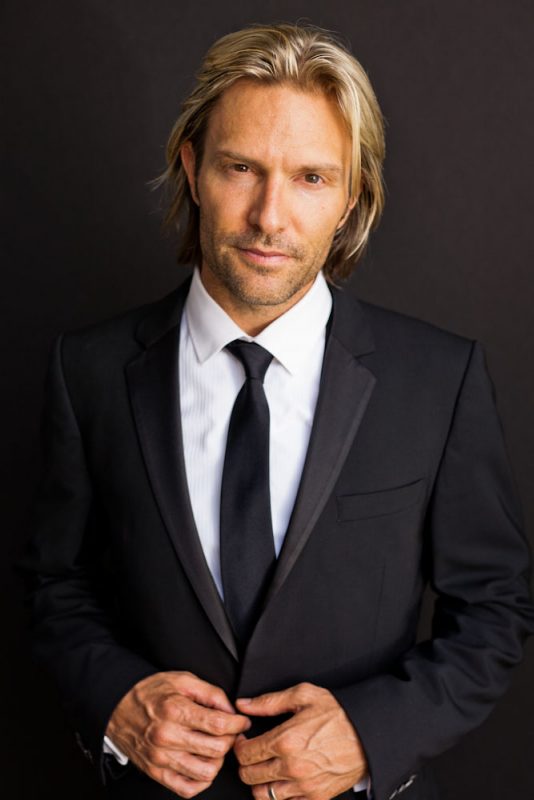The ingenuity of Leonardo da Vinci
Another of the works on our Leap of Faith program is Leonardo Dreams of His Flying Machine by Eric Whitacre. But rather than focus on Whitacre, we thought we'd look a little bit into da Vinci himself. To hear Luminous Voices sing this fantastic work by Whitacre, be sure to arrange your tickets to Leap of Faith today!
Leonardo da Vinci
(1452-1519)
"The" Renaissance Man
Born in 1452 to a couple out of wedlock, Leonardo di ser Piero da Vinci would be regarded by historians and scholars as the prime exemplar of the so-called "Renaissance Man", an individual of "unquenchable curiosity" and "feverishly inventive imagination". He is widely considered one of the most diversely talented individuals ever to have lived. His body of work includes the fields of invention, architecture, science, music, mathematics, engineering, anatomy, geology, botany, writing, history, and cartography. Of course, he is also widely considered one of the greatest painters of all time.
Leonardo lived a full life, dying at the age of 67 in France.
A "Divine" Painter
By the 1490s, da Vinci had been heralded as a "Divine" painter. His technique is characterized by the following unique attributes:
- how he laid on the paint
- his detailed knowledge of anatomy, light, botany and geology
- the way humans register emotion in expression and gesture
- his use of subtle gradation of tone
Leonardo's paintings are among the most celebrated in history, including his Virgin of the Rocks (1483-86), The Last Supper (1495-98), and La Gioconda, also known as the Mona Lisa.
Anatomy and physiology
One of Leonardo's teachers, Andrea del Verrocchio, demanded his students develop a deep understanding and appreciation for human anatomy. As a successful artist, Leonardo was given permission to dissect human corpses hospitals in Florence, Milan, and Roman, which helped his understanding for this field of study.
Leonardo made more than 240 detailed drawings and wrote about 13,000 words towards a treatise on anatomy. His anatomical drawings include many studies of the human skeleton and its parts, and of muscles and sinews. He drew the heart and vascular system, the sex organs and other internal organs, making one of the first scientific drawings of a fetus in utero.
Leonardo also studied and drew the anatomy of many animals, dissecting cows, birds, monkeys, bears, and frogs, and comparing in his drawings their anatomical structure with that of humans. He also made a number of studies of horses. For much of his life, he was fascinated by the phenomenon of flight; he produced many studies on the subject, including Codex on the Flight of Birds (c. 1505), which begins by examining the flight behaviour of birds, and proposes mechanisms for flight by machines.
Engineer and Inventor
During his lifetime, Leonardo was valued as an engineer. When he fled to Venice in 1499, he worked as an engineer and devised a system of moveable barricades to protect the city from attack. He also had a scheme for diverting the flow of the Arno river. Leonardo's journals include a vast number of inventions, including a mechanical knight, hydraulic pumps, reversible crank mechanisms, finned mortar shells, and a steam cannon. He even had plans for several flying machines such as a flapping ornithopter and a machine with a helical rotor.
Of course, Leonardo also invented musical instruments, including the viola organista. It uses a friction belt to vibrate individual strings (similar to how a violin produces sounds), with the strings selected by pressing keys on a keyboard (similar to an organ). However, no extant instrument constructed directly from Leonardo's incomplete designs is known. In fact, many of Leonardo's ideas were well ahead of their time. During his lifetime, relatively few of his designs were feasible, let alone constructed, because the modern scientific approaches to metallurgy and engineering were only in their infancy during the Renaissance.
Eric Whitacre on Leonardo Dreams of His Flying Machine
(Source: EricWhitacre.com)
Eric Whitacre
(b. 1970)
Charles Anthony Silvestri is not only a brilliant poet, teacher and historian, he is a consummate choral singer blessed with a beautiful tenor voice. When Dr. Gene Brooks called and asked me to write the 2001 Raymond C. Brock Commission, I could think of no other author whose words I would rather set.
We started with a simple concept: what would it sound like if Leonardo Da Vinci were dreaming? And more specifically, what kind of music would fill the mind of such a genius? The drama would tell the story of Leonardo being tormented by the calling of the air, tortured to such degree that his only recourse was to solve the riddle and figure out how to fly.
We approached the piece as if we were writing an opera brève. Charles (Tony to his friends) would supply me with draft after draft of revised ‘libretti’, and I in turn would show him the musical fragments I had written. Tony would then begin to mold the texts into beautiful phrases and gestures as if he were a Renaissance poet, and I constantly refined my music to match the ancient, elegant style of his words. I think in the end we achieved a fascinating balance, an exotic hybrid of old and new.
Watch composer Eric Whitacre conduct the VocalEssence Ensemble Singers in a performance of Leonardo Dreams of His Flying Machine on March 22, 2009 in Minneapolis, USA.


